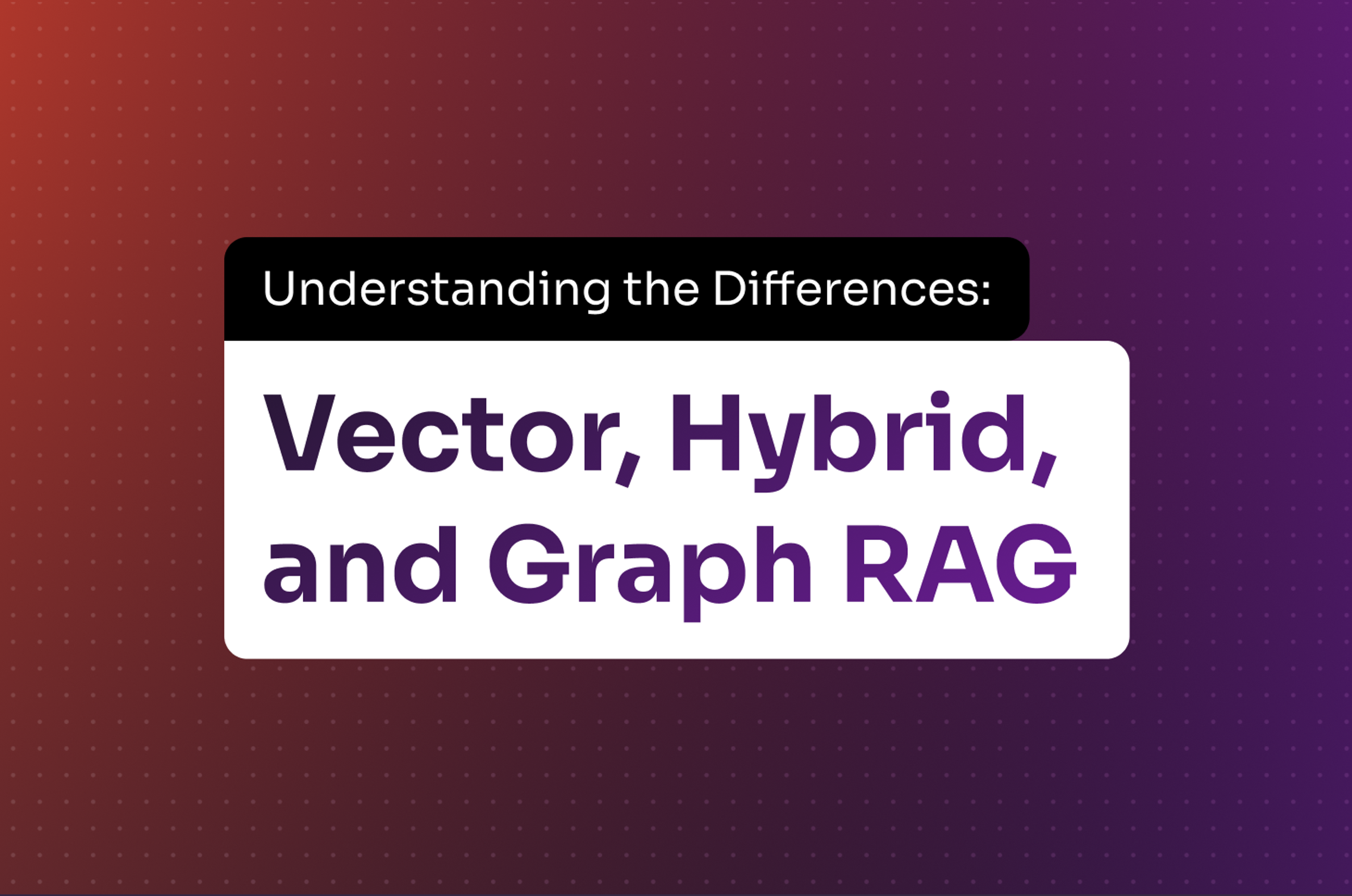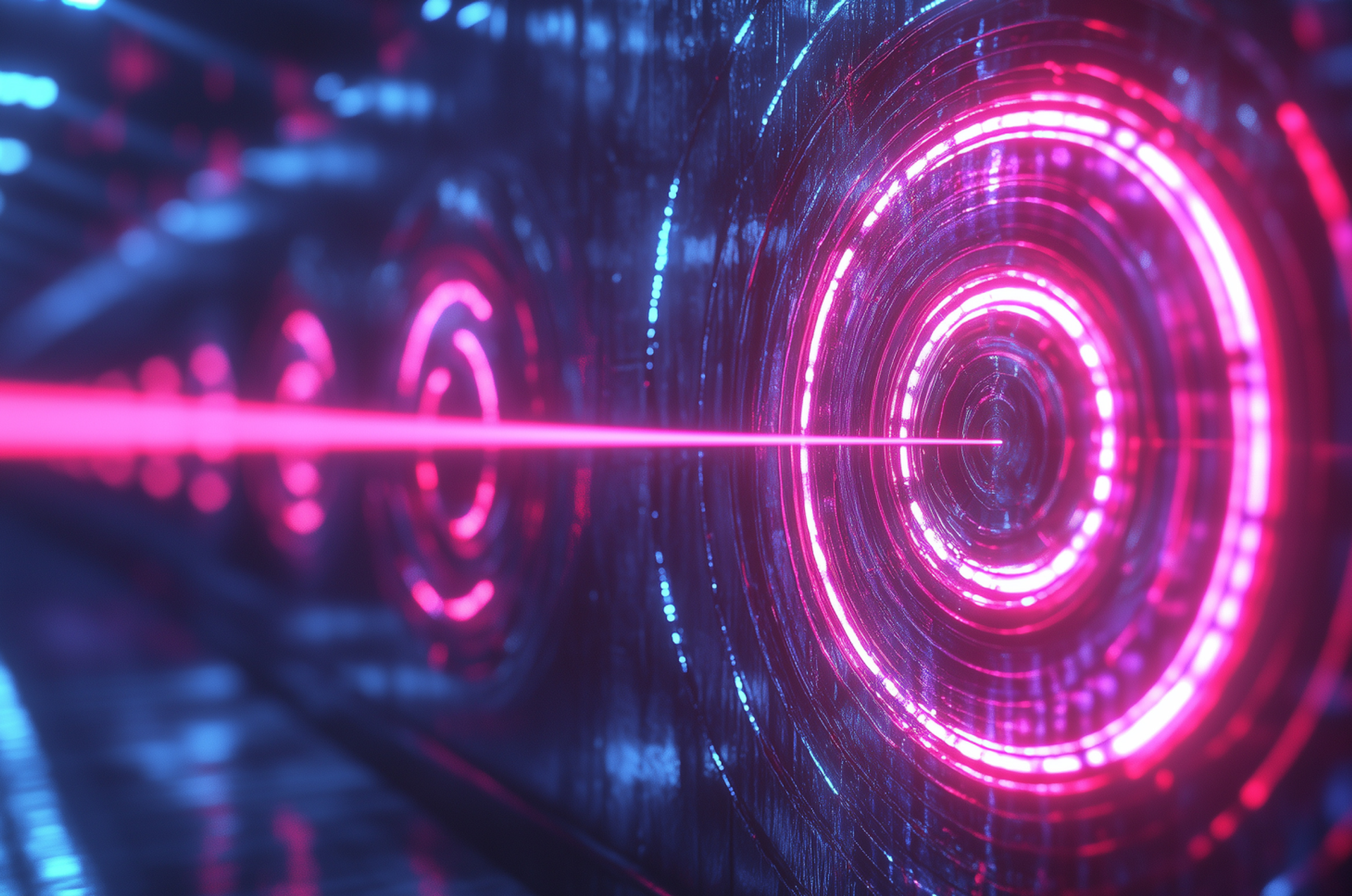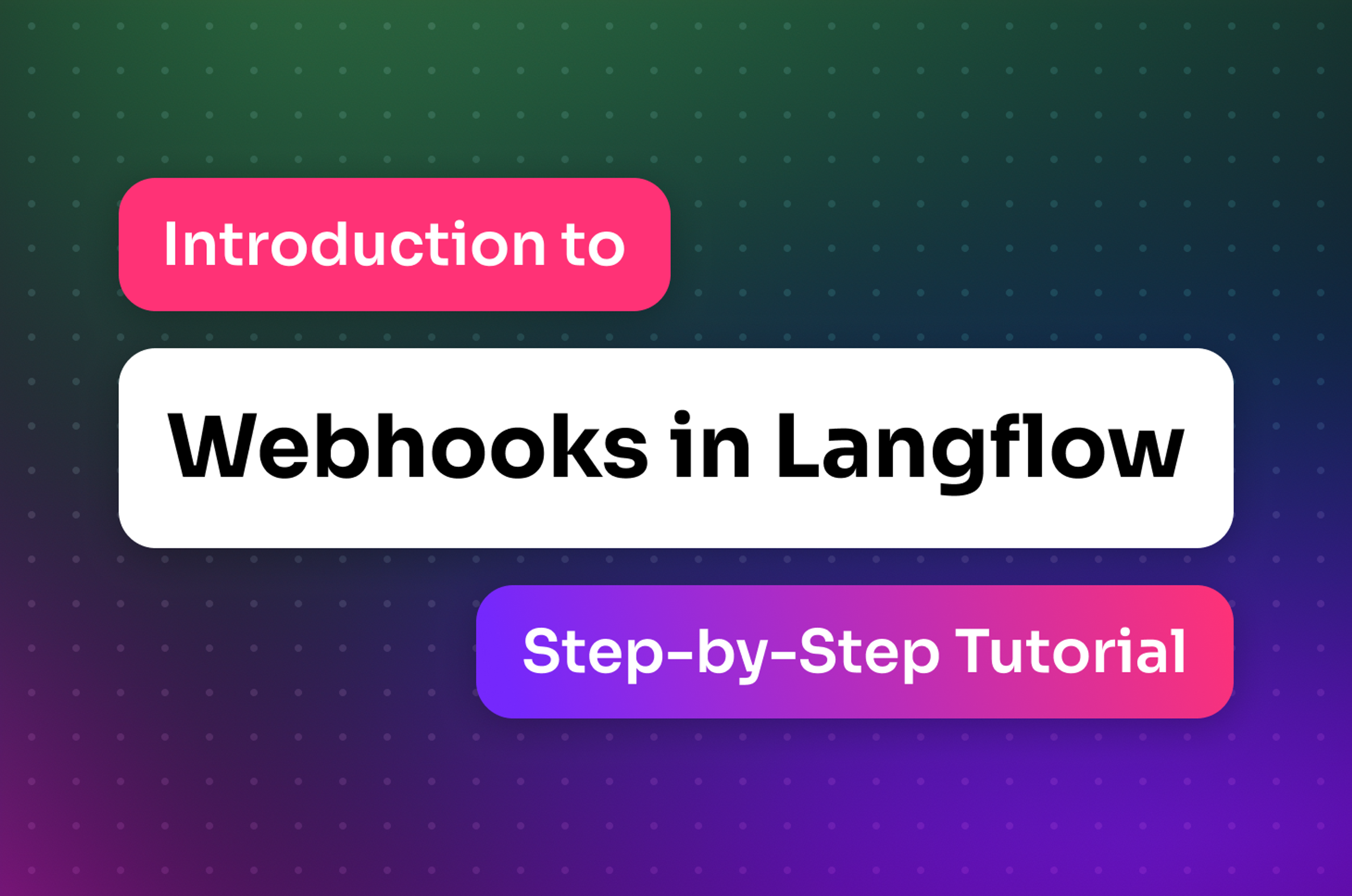The more relevant search results are from your database, the more accurate your retrieval-augmented generation (RAG) application will be. With better context, there’s less opportunity for the LLM to return inaccurate or hallucinated responses.
Improving the relevancy of your system requires looking closely at how you are searching. Vector search is great at comparing context and meaning, but it can miss results that would be returned from an exact keyword match. Keyword search, on the other hand, can be restrictive as it doesn't understand context. Performing both searches – with so-called hybrid search – provides the best chance of returning the best results.
And then there’s graph RAG, an enhancement to the RAG approach that enables you to connect vectors together with structured data, allowing you to retrieve connected data using relationships as grounding context to provide to an LLM for generation, improving the accuracy and relevance of the responses produced by the LLM.
I discuss these three important search options in this video:
Astra DB supports vector-only, hybrid, and graph RAG searches on a single vector collection, meaning there’s no need for multiple databases or complex setups. It stores embeddings, content, and metadata together, enabling users to flexibly switch between strategies as needed.
Whether you prefer using the Data API, a programmatic way to access your data and start building apps in Astra DB; open-source, low-code development tools like Langflow; or powerful Python libraries like the LangChain Graph Retriever; Astra DB makes it easy to start. Just load your data, choose the right search strategy for your needs, and get started with ready-to-use examples.
For more on AI accuracy, register for the April 30 livestream, "Build More Accurate AI Apps with Langflow + Arize," and visit our Accuracy Week page.




